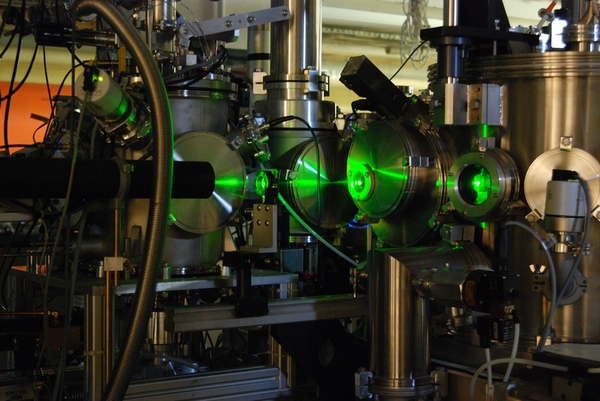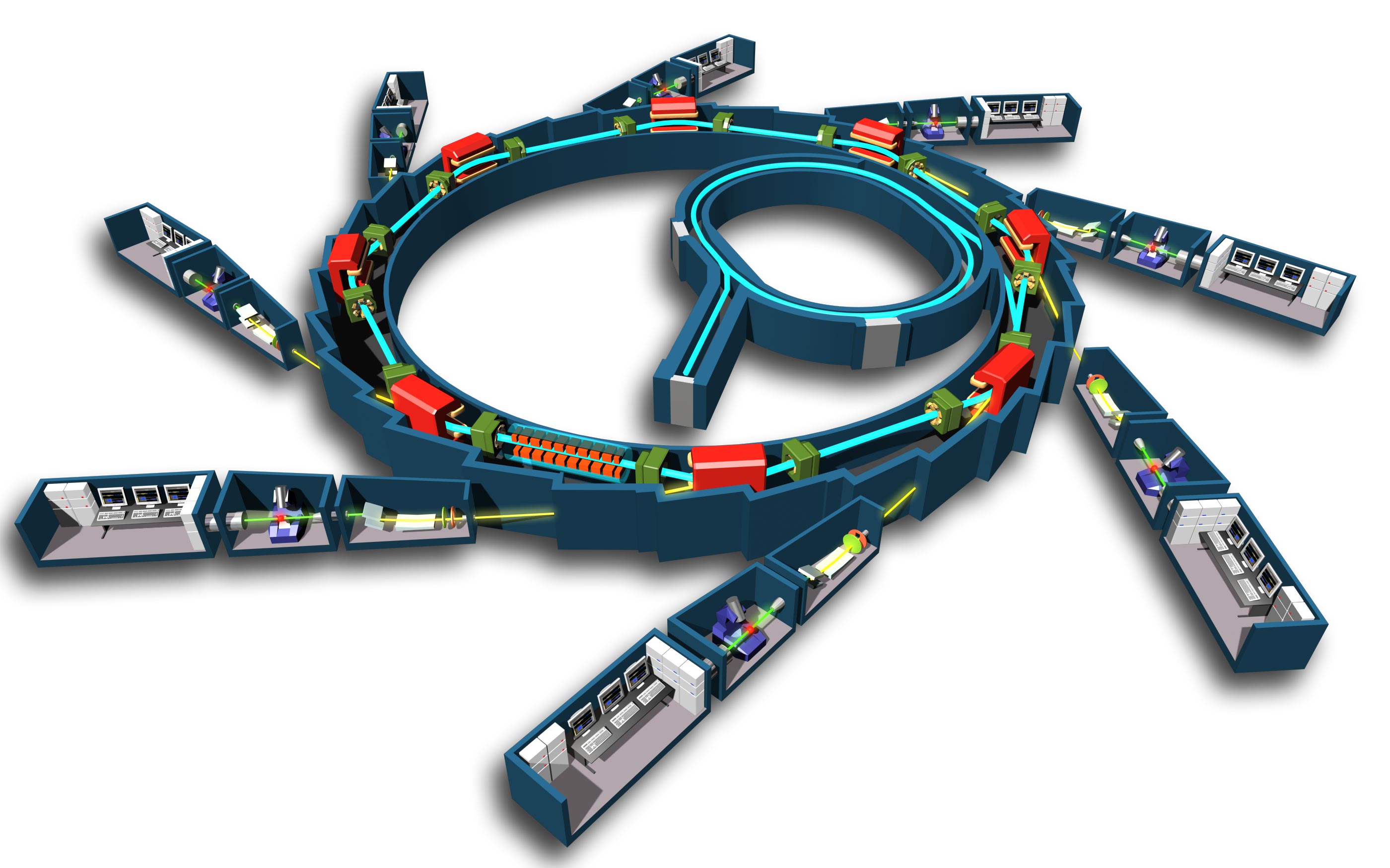Techniques used

Nanoparticle samples preparation and characterization
For the synthesis of nanoparticles by a physical route, we use the equipment of the PLYRA platform (Plateforme Lyonnaise de Recherche sur les Agrégats):
-Cluster sources (laser vaporization), with or without mass selection
-Magnetron cluster source, with mass selection
-e-beam evaporator (several crucibles) for matrix co-deposition
-in situ XPS/UPS spectrometer
-Raman spectrometer, under UHV
Besides, we use other equipement for the preparation and study of nanoparticle samples:
-UHV annealing system (transportable)
-in situ STM/AFM, at room temperature
-Home-developed system for nanometer-thick carbon layer deposition (capping, nanoparticle protection)
-UHV transfer “suitcase” (sample holder compatible with different synchrotron beamlines)

Magnetic measurements
For the magnetic measurements, we use the equipement of the “Centre de Magnétométrie de Lyon” (Lyon Magnetometry Center):
-SQUID Magnetometer (MPMS XL5 Quantum Design), with a closed-loop helium cooling system, offering a temperature range from 2 K to 400 K and a maximum applied magnetic field of 5 T.
We have developed measurement and powerful analysis procedures allowing us to perform an advanced determination of the intrinsic properties of magnetic nanoparticles.

Electron microscopy
In addition to the transmission electron microscope available at the iLM (JEOL, JEM 2100), and to experiments performed in other labs in the frame of the French METSA network, we use the facilities of the “Centre Lyonnais de Microscopie” (CLYM):
-JEOL 2010F TEM
-FEI TITAN ETEM 80-300 kV
X-ray techniques
Moreover, we are regular users of different techniques using synchrotron radiation (experiments at various synchrotrons, in Europe and elsewhere...) :
-XMCD
-XAS, EXAFS
-XPS
-XRD, GISAXS


















